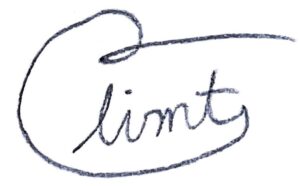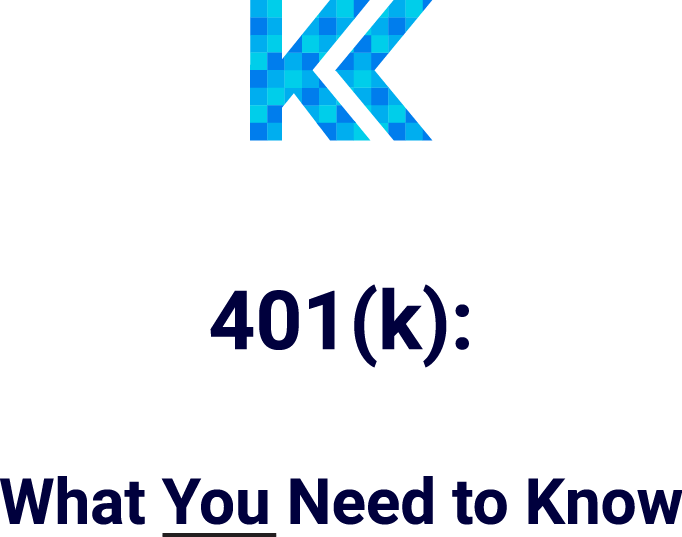401(k) plans are a crucial piece of retirement for many people. However, many unintentionally make mistakes that can delay their long term financial goals. It can be difficult getting advice related to your employee benefits plan as many advisors don’t discuss these assets. Throughout my meetings with new clients, I’ve identified four common 401(k) plan missteps that I see frequently.
1. Investment allocation not updated in many years
When it comes to 401k contributions, making them is only half of the battle. You are then left with the task of determining what investment options to select within your account. One mistake I see all the time is when an individual picks investments while setting up their plan and then never looks at it again. This can be detrimental to the success of a financial plan as goals change over time and we typically need to derisk a portfolio the closer we get to retirement. Target date funds aren’t the worst way of achieving this, but the lack of customization potential and fees can leave a lot to be desired. There is a good chance your investments should look very different from start to finish in your 401(k) account. If you receive employer stock as part of your compensation or participate in an employee stock purchase plan, your need to carefully allocate and diversify your portfolio is even greater as you’re likely exposed to greater risk holding this individual stock.
2. Traditional contributions that would have been more advantageous as Roth 401 (k) contributions
Before the invention of the Roth IRA in 1997, our options for retirement savings accounts were rather limited. A huge planning opportunity came into play with the introduction of these accounts as people were now able to contribute after-tax dollars to an account that would grow tax-free if saved until age 59.5. Previously, the primary tax-deferred option was the traditional 401(k) which allowed for tax deductions in the year contributions were made, but individuals have to pay tax at their rates in retirement when they withdraw. We now have flexibility in deciding which years we will recognize income so that we can structure our investments in a much more tax-efficient way. Although many people know about Roth IRAs by now, many don’t know they could be making Roth 401k contributions to their workplace 401(k) plan instead of traditional contributions. These function in the same way as Roth IRA contributions in the sense that you get no deduction in the current year, but the money will grow and be withdrawn tax-free after age 59.5. Depending on your financial situation, especially if you only have income in lower tax brackets, there is a good chance you should be making some Roth 401k contributions.
3. Not maximizing an employer match while saving elsewhere
A lot of 401(k) plans come with an “employer match” benefit. This means that your employer will make contributions to your 401(k) account that match your own contributions up to a certain limit.
Example: 100k salary (100% match up to 3%, 50% match on next 2%)
What does this mean? For the first $3,000 you contribute to your 401k (3% of 100k salary) your employer will also put $3,000 into your account (100% match). For the next $2,000 you contribute to your 401k (2% of 100k salary) your employer will put $1,000 into your account (50% match). This means that for the first $5,000 in contributions to your 401k, you will receive a free $4,000 from your employer annually – effectively an 80% return on your money off the bat. In an optimized financial plan, maximizing an employer match is typically one of the first things that my clients with a 401(k) do when it comes to retirement savings.
4. For high-earners, not using it to take advantage of the Mega Backdoor Roth because they are over the normal income limits
The Mega Backdoor Roth is an advanced retirement savings strategy that allows high-earners to contribute significantly more to a Roth account than the standard contribution limits would normally permit. It also allows for a way around the typical MAGI phaseout limits that apply to normal Roth IRA contributions. Many 401(k) plans allow for after-tax contributions beyond the standard $23,000 (for 2024) employee deferral limit, up to the total plan contribution limit of $69,000 (including employer contributions). If your plan permits after-tax contributions and in-service rollovers to a Roth IRA or in-plan conversions to a Roth 401(k), you may be able to contribute tens of thousands of extra dollars into your tax-free growth bucket each year. Unfortunately, many high earners either don’t know about this strategy or assume they are ineligible because they exceed the income limits for direct Roth IRA contributions. If your plan allows it, the Mega Backdoor Roth can be a game-changer for long term retirement savings.
Final Thoughts
401(k) plans can be complicated. Details are typically given to you as part of a big packet while starting a new job, and making optimal decisions related to a retirement plan is usually not at the top of your priority list during these times of transition. Avoiding these common 401(k) mistakes can make a significant difference in the long term success of your financial plan. By regularly reviewing your investment allocation, optimizing your tax strategy, maximizing employer contributions, and leveraging advanced strategies like the Mega Backdoor Roth if eligible, you can ensure your retirement savings work as efficiently as possible. If you’re unsure whether you’re making the most of your workplace retirement plan, consider scheduling a free assessment to see if it makes sense to tailor a strategy to your specific situation.

– Clint Kraft
Founder and Financial Advisor, Kraft Capital

